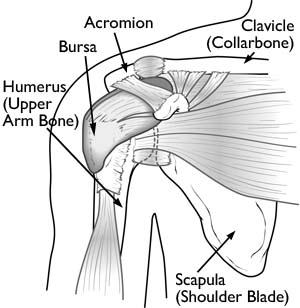 |
| www.sheknows.com |
In my previous blog we discussed laughter is the best medicine. When you start to laugh, it doesn’t just lighten your load mentally, it actually induces physical changes in your body. Laughing can reduce stress levels and have both short-term and long term benefits.1
According to Life Gaiam, there are 7 health benefits from laughter:2
1. Laughing lowers blood pressure
Not only does laughing lower blood pressure, but it may also reduce the risk of stroke and heart attacks.
2. Reduces stress hormone levels
Laughing can reduce the level of stress hormones that your body produces and it may result in higher immune system performance.
3. Fun ab workout
When you are laughing you are expanding and contracting your abdominal muscles. Add laughter to your next ab workout.
4. Improves cardiac health
Laughter is also a great cardio workout! It gets your heart pumping and burns calories.
5. Boosts T-cells
T-cells are specialized immune system cells, when you laugh you activate T-cells that immediately begin to help you fight off sickness.
6. Triggers the release of endorphins
Endorphins are the body’s natural painkillers. By laughing, you can release endorphins, which can help you ease chronic pain and make you feel good all over.
7. Produces a general sense of well-being
Laughter can increase your overall sense of well-being such as increasing your mood and spirits. Doctors have found that individuals who have a positive outlook on life tend to fight diseases better than those who tend to be more negative.
As previously mentioned, laughter can provide short-term and long-term benefits.1 Laughter enhances your intake of oxygen-rich air, stimulates your heart, lungs, and muscles, and increased the endorphins that are released by your brain. Laughter can also stimulate circulation and aid muscle relaxation, both of which can help reduce some of the physical symptoms of stress.1 Overall, laughter can improve your mood. Many people experience depression, sometimes due to chronic illnesses and diseases. Laughter can help lessen depression and anxiety and may make you feel happier. Laughter can also make it easier to cope with difficult situations and help you connect with other people.1 My favorite reason for laughing is that laughter can bring people together, may it be over some silly joke or a funny video it’s all fun and everyone is happy. Smile and laugh a little more!
References:
 Anatomy
Anatomy 